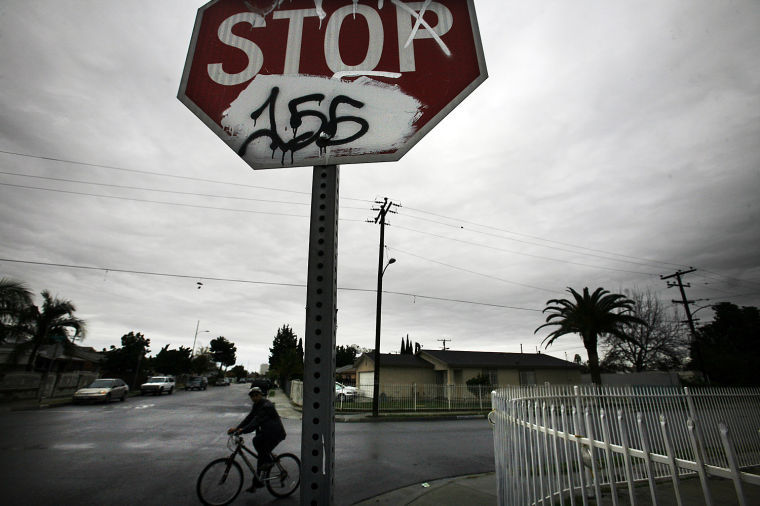Don’t target petty crime
February 5, 2014
Sometimes, in the attempt to turn a blind eye for the sake of justice, we ignore those who need help most.
We’ve become a nation that concentrates on the symptoms of a systemic problem rather than treating it at its source. This particular phenomenon can be seen in the form of jails overflowing with petty criminals in need of rehabilitation rather than time in the slammer.
Nearly 65 percent of America’s inmates suffer from substance abuse and addiction, according to a study cited in The Nation’s Health, and 62,668 prostitution arrests were made in 2010 according to the Federal Bureau of Investigation.
These individuals were arrested on account of their offense—however; their offense may be a matter of a deeper issue. Not all of these criminals are inherently evil or malicious people, but rather a product of their circumstance.
Risk factors for drug addiction include youth, lack of parental supervision, availability of drugs, and poverty, according to the National Institute on Drug Abuse.
Additionally, approximately 89 percent of female prostitutes wish to leave their profession, according to a report by the United States Department of Defense.
Circumstantial factors influence the incidence of criminal activity. The surrounding environment may play a catalytic role on how likely an individual is to end up in an unfavorable situation later on in life.
When people are placed in a dire situation, they may turn to illegal activities in an attempt to stay afloat or make their lives tolerable.
Individuals may turn to drugs in attempt to escape from reality, to relax, or to fit in, according to the Foundation for a Drug Free World. Likewise, prostitutes may turn to their tabooed profession to generate a form of income.
Producers of the illicit goods, pimps and drug dealers perpetuate the existing problem by fueling the demand for risky engagements. By targeting the individuals most heavily involved in exacerbating the conflict, we may hit the problem at its root.
While we focus on pruning away the petty criminals who’ve been led astray, we will continue to experience a growing problem within our society. Some individuals react illegally to their circumstances in the hope of living a tolerable life.
The criminals who have been led into the path of habitual self-destructive behavior need a lending hand towards the path of rehabilitation, and the individuals augmenting the problem must be penalized accordingly.
– Michelle Chan is a sophomore animal science major from Phoenix, Ariz. She can be contacted at 335-2290 or by [email protected]. The opinions expressed in this column are not necessarily those of the staff of The Daily Evergreen or those of Student Publications.





















